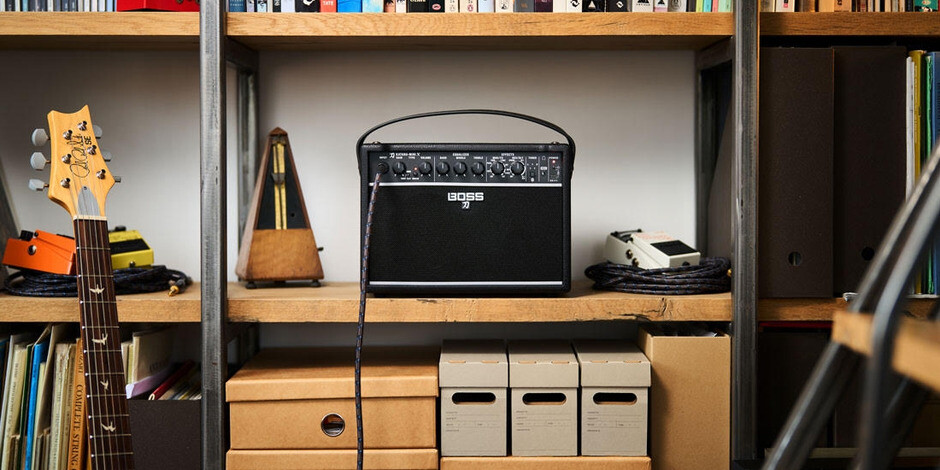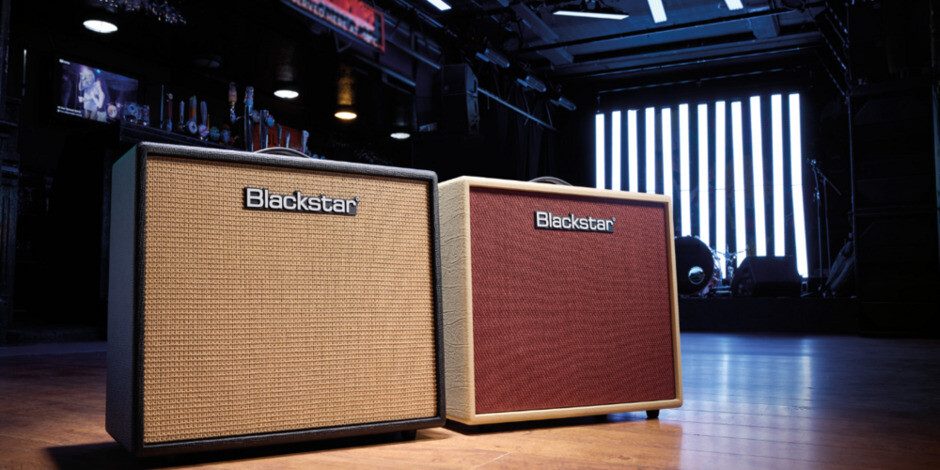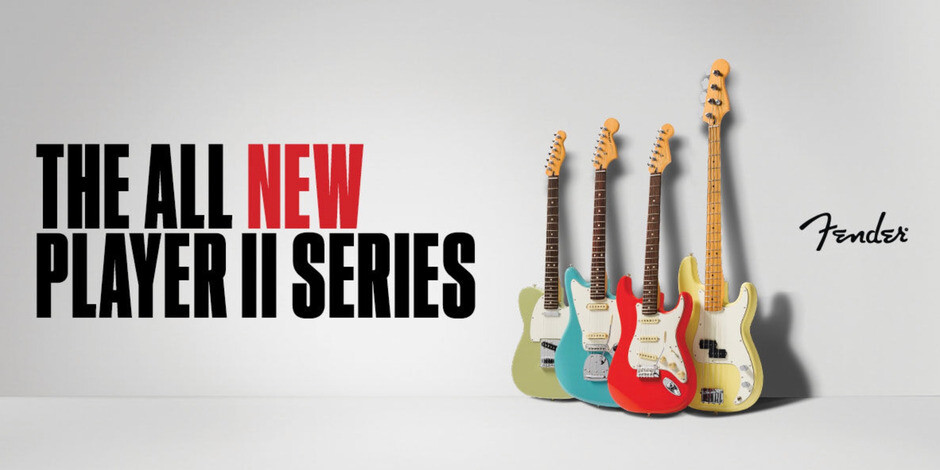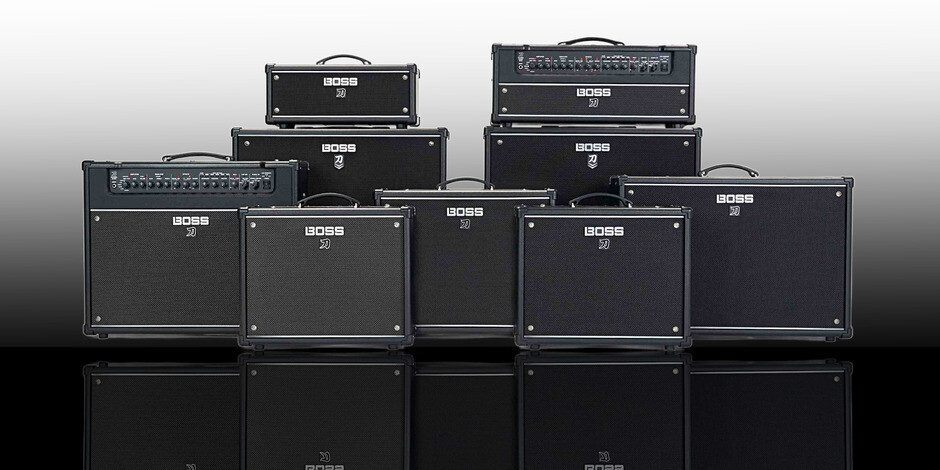
What drumsticks should I Use
5a, 7a...wood tip, nylon tip...the range of drumsticks is huge with seemingly limitless choices! Let our guide help you choose the right drum sticks for you!
What drum sticks should I use?...What are the best drum sticks? These are common questions and with such a huge choice of models and brands on the market, it is sometimes hard for even an experienced drummer to choose a pair of drumsticks. Not only are there the issues of thickness and length there are also things to worry about such as tip shape, tip material and type of wood. So give our guide on which drum sticks to buy a read and get drumming!
Know your numbers (and your alphabet!). We often get asked what do the numbers and letters mean on a drum stick?† What is the difference between popular models like a Vic Firth 5B and a Vic Firth 5A? Or maybe the Zildjian 7A and a Zildjian 3A?

The number on a drum stick is all to do with the thickness of the stick and the lower the number, the thicker the stick is! Donít be fooled into thinking that just because you play lightly you should use a lightweight stick (ie. a stick with a higher number), itís all about how experienced you are, your style of playing and even how large your hands are. At the end of the day there is no right or wrong and you will no doubt give quite a few different sticks a try before you settle on a particular model.
The letter on the drum stick is a description of the shoulder, taper and tip of the drumstick. This plays a huge part in the way the stick feels with a heavier taper giving more weight towards the playing end of the stick for extra leverage and a slimmer taper giving a weightier feel in the handle.
Tip material. Standard wood tipped drum sticks give a warmer sound especially on cymbals while a nylon tipped stick gives a more cutting and focused sound.† There is a misconception that nylon tips are more durable but this is not really the case. A wooden tipped stick is made from one piece of wood and while wooden tips may chip away over time you will rarely lose your whole tip in one stroke! A nylon tipped stick has its tip glued on which can come off after a time.
Wood is wood.... isn't it? Drum sticks are usually made out of Hickory which is known for being a tough and hard wood but without being too dense and heavy. Other woods used are Maple which produces a much lighter stick and Oak which produces a heavier stick. The rule of thumb here is that the denser the wood the heavier and more durable the stick. It is good to try out different stick sizes against materials. For example you may want a thin drum stick which is heavy so you could choose something like a Pro Mark Japanese Oak 7A. On the flip side, you may like a chunky stick but want a lighter feel in which case you could try the Maple Vic Firth SD9 Driver.
For something really different, the Zildjian company make a stick called the Zildjian Heavy Jazz which is constructed from laminated American Birch wood and gives a heavier, more solid feel to a thin/medium shafted stick with excellent durability.
Is wood my only choice? There are a number of other materials used in drum stick manufacture, most noteably the space age covered aluminium drumsticks made by Ahead which offer amazing durability and consistency. They also give more power and reduce shock by upto 50%.
We stock a huge range of drum sticks from all the big manufacturers like Zildjian, Vic Firth and Pro Mark with everything from standard wood and nylon tip models to artist series sticks and more, with great deals available on bulk purchases.
If you need any further assistance feel free to call our store on 01279 432900 and speak to the Drum Department where one of our resident 'drum geeks' will be happy to advise further.
†
†




Comments